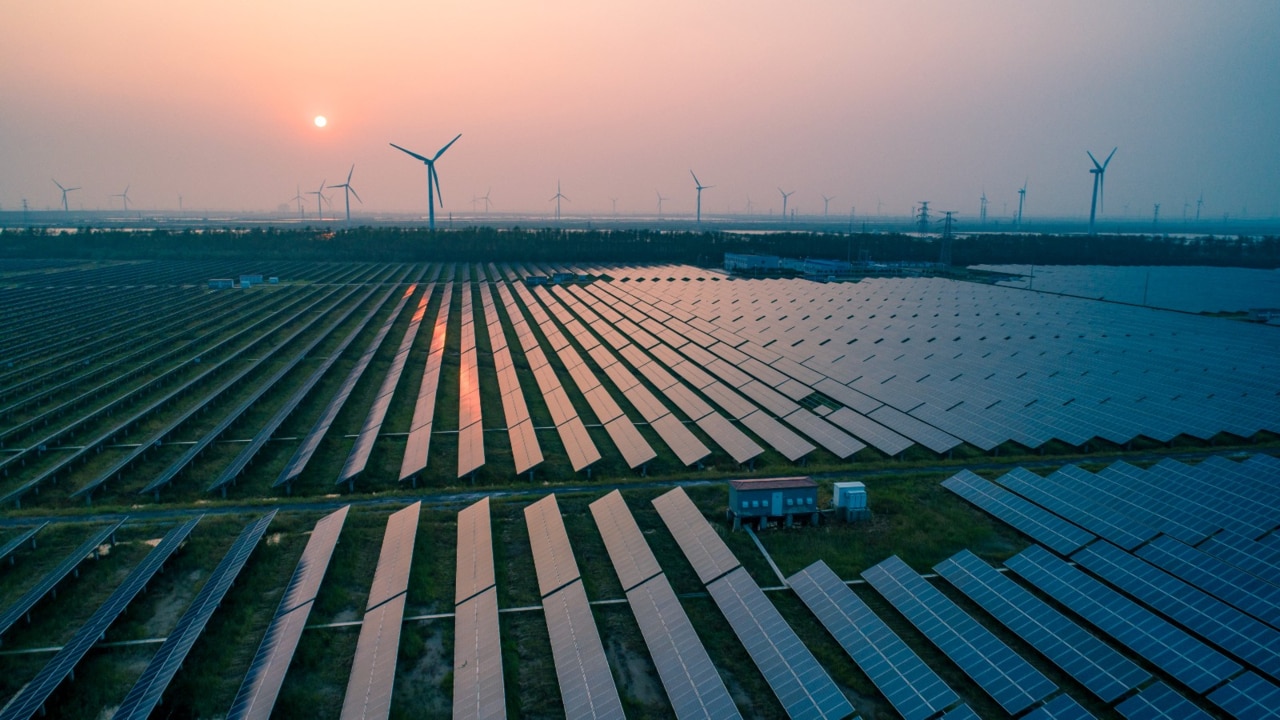Why our energy transition needs a price tag


After name-checking the Russian invasion of Ukraine, Bowen answered: “very clearly, the policy agenda indicates getting more renewables into the system, backed up by storage and by firming … (that) is the best way of seeing the cheapest possible energy prices”.
But is it? This is the multibillion-dollar question Australia’s future hinges on.
Bowen’s view that an ever-increasing share of renewables will lead to a reduction in power prices largely rests on one document: the CSIRO’s GenCost report. Updated on a yearly basis, this document is produced by a small team led by energy economist Paul Graham.
Although the document is treated as gospel by many, it has received surprisingly little scrutiny in the public arena. Given it is the most important document in Australia’s energy transition this lack of scrutiny may lead to policy disaster. One problem is that describing the problems with the report in accessible terms is no easy task.

Understanding the report requires a technical nous, and even those with industry expertise have found parts of it confounding.
Nevertheless, some experts do not hold back in their criticism. Stephen Wilson, from the School of Mechanical & Mining Engineering at the University of Queensland, told me in an email that the GenCost report is “inaccurate and misleading on total system costs”.
In a submission to Treasury earlier this year, energy economist David Carland points out that the report says nothing about the cost of “firming” of renewables and instead estimates the cost of “integrated” renewables from 2030 onwards – relying on the flawed assumption that firming has already taken place. But the most pointed criticism of GenCost has emerged this week from a Sydney-based data scientist.
Writing in the Fresh Economic Thinking publication, Aidan Morrison points out that the CSIRO’s claim that renewables are the “cheapest” form of energy rests almost entirely on a misapplication of the “sunk cost” assumption.
A “sunk cost” is economics jargon for money already spent. The sunk cost fallacy applies when you have already spent dollars and you try to recover them after they are gone. Say you buy a cake and put it in the fridge. You come to it later in the week but it has gone stale. You tell yourself you should eat it because you have spent money on it. In that situation – if you ate it – you would be committing the sunk cost fallacy. It would be better to just chuck it in the bin and reach for an apple.

In many situations, it makes sense to account for sunk costs. But the concept should always apply to money spent in the past, not in the future. By definition, costs that have not been incurred yet are avoidable, and are not yet sunk. This is common sense but, in the GenCost report, the CSIRO treats future spending on renewables as sunk – even before the spending has occurred – allowing the analysis to exclude this expenditure from the total cost of renewables.
This creative accounting method is how the GenCost report arrives at the conclusion that “integrated renewables” are the cheapest form of energy by 2030 onwards.
“By use of a bizarre ‘sunk-cost’ assumption in their modelling, CSIRO cleaves the cost of infrastructure built prior to 2030 (when we would supposedly already have reached over 50 per cent renewable penetration) from any solar and wind generators built thereafter that might depend on that infrastructure,” Morrison writes in Fresh Economic Thinking. The CSIRO lists the projects that are written off as sunk: “Snowy 2.0 and the battery of the nation pumped hydro projects … various transmission expansion projects … New South Wales gas peaking plants at Kurri Kurri and Illawarra … The NSW target for an additional 2GW of at least eight hours duration storage is assumed to be met by 2030.” In response to this list, Morrison quips: “I’m losing count of the billions.”
“Every economist, politician, and policymaker relying on this report simply must hear about this,” he writes.
Morrison argues that a circular logic has taken root: “Politicians build transmission and storage because they think solar and wind are cheap because science says so. Science (ie, CSIRO) says solar and wind are cheap because high transmission and storage costs required to facilitate these renewable generators are an already built ‘sunk cost’ and ignored in their calculations.”

Of course, there may be good reasons why the CSIRO uses the sunk cost assumption for future and not past spending, and Morrison’s critique itself is worthy of scrutiny. But the problem is that we do not have a balanced conversation in this country about the true cost of our energy transition, and engineers who have expertise in alternative clean energy sources – such as nuclear – are frozen out of the conversation.
There is also a growing awareness internationally that when the full cost of firming renewables is incorporated into cost-of-generation metrics, the analysis looks rather different from what the CSIRO produces.
In a paper published in the journal Energy, German-American energy economist Robert Idel finds that when taking into account the full cost of renewables to an energy system, solar is 14 times more costly than nuclear energy, and wind is 4.7 times more costly.
In Texas, his methodology calculates that solar is 3.3 times more costly than nuclear, and wind is 2.3 times more costly. Such information is crucial for a balanced conversation about Australia’s energy transition. Especially in the context of power prices that just keep on rising.
Claire Lehmann is founding editor of online magazine Quillette.






On the ABC’s 7.30 earlier this month, presenter Sarah Ferguson asked Energy Minister Chris Bowen to forecast a time when power prices would come down.